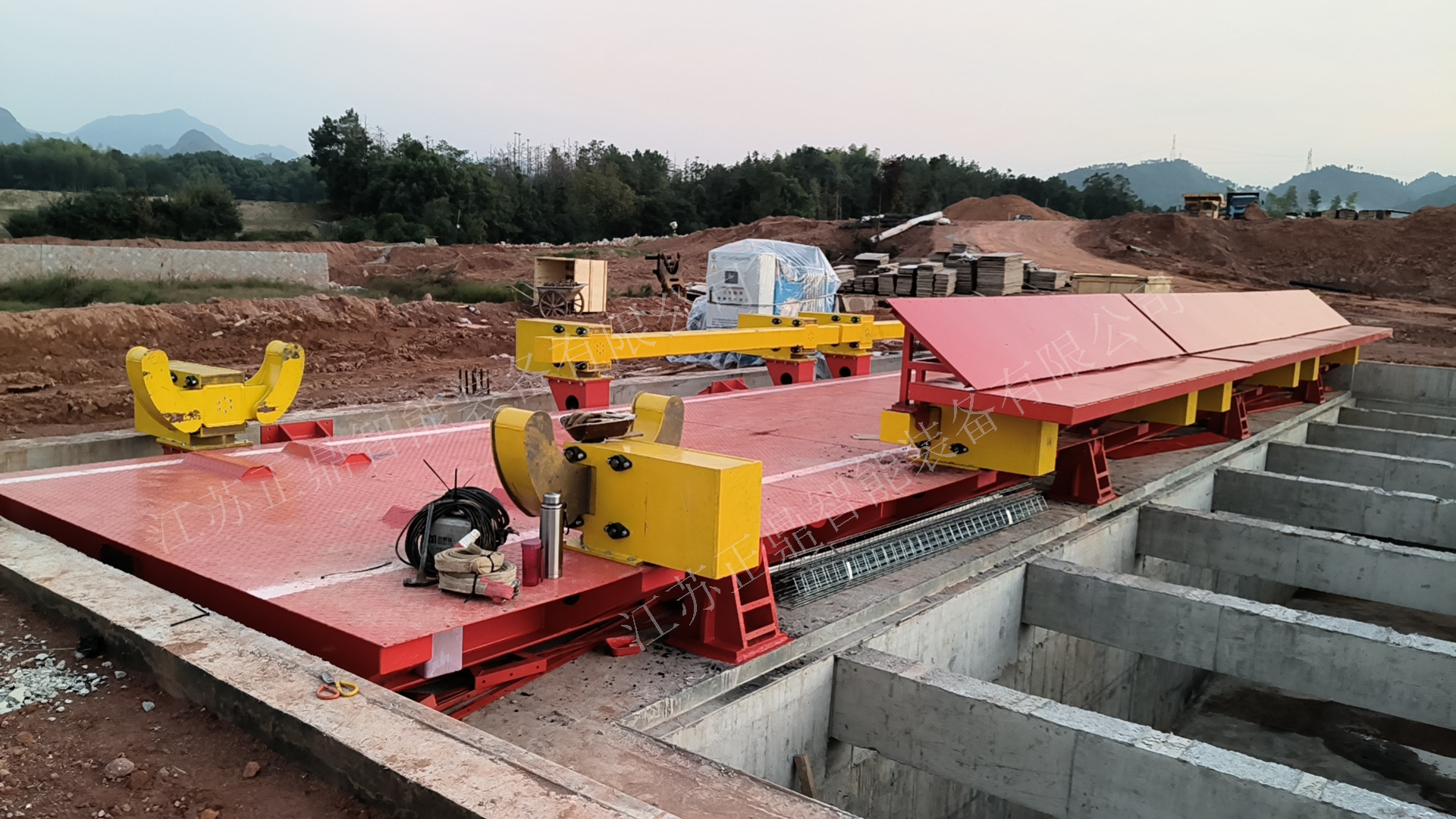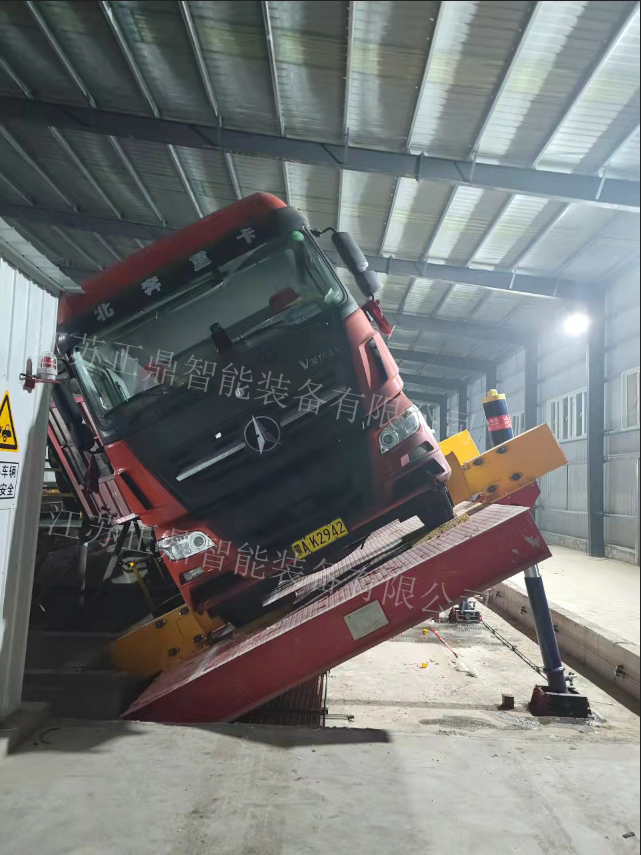Understanding the Critical Elements of Safe Container Operations
The complex process of container unloading represents one of the most crucial aspects of the modern supply chain. Every day, thousands of containers move through ports, warehouses, and distribution centers worldwide, making safe container unloading practices essential for operational efficiency and worker protection. The intricate nature of these operations requires a comprehensive understanding of safety protocols, equipment handling, and risk management strategies.
With container volumes continuously rising globally, the importance of maintaining stringent safety standards during container unloading cannot be overstated. Workers face various challenges, from dealing with unstable loads to managing heavy equipment in confined spaces. This comprehensive guide explores the fundamental aspects of container unloading safety and provides actionable strategies to create a secure working environment.
Pre-Unloading Safety Measures
Documentation and Load Assessment
Before initiating any container unloading operation, a thorough review of shipping documentation is paramount. This includes verifying the container's contents, weight distribution, and any special handling requirements. Professional operators always check the cargo manifest and loading diagrams to understand the precise nature of the goods they're handling.
The initial assessment should also include a careful examination of the container's external condition. Look for signs of damage, tampering, or structural weakness that could compromise safety during unloading. This preliminary inspection helps identify potential hazards and determines the most appropriate unloading strategy.
Equipment Verification and Preparation
Proper equipment selection and inspection form the backbone of safe container unloading operations. Every piece of machinery, from forklifts to pallet jacks, must undergo thorough checks before use. This includes examining hydraulic systems, checking tire conditions, and ensuring all safety features are functioning correctly.
Personal protective equipment (PPE) requirements should be clearly communicated and enforced. Workers need appropriate safety gear, including steel-toed boots, high-visibility vests, hard hats, and proper gloves. The working area must be well-lit and clearly marked to prevent unauthorized access during operations.

Essential Safety Protocols During Unloading
Proper Container Opening Procedures
The moment of opening a container presents unique safety challenges. Workers should position themselves correctly when breaking the seal and opening doors to avoid injury from falling cargo. Implementing a staged opening procedure allows for gradual pressure release and provides time to assess load stability.
Environmental conditions inside the container require careful consideration. Proper ventilation is crucial, as confined spaces can harbor harmful gases or low oxygen levels. Temperature differences between the container interior and external environment may create condensation, making surfaces slippery and hazardous.
Strategic Load Management
Container unloading requires a methodical approach to load management. Workers should follow a systematic unloading pattern that maintains the container's balance and prevents cargo shifts. This often means working from top to bottom and from the door toward the front, ensuring stable weight distribution throughout the process.
Special attention must be paid to securing remaining cargo as the container empties. As space becomes available, previously stable loads may become loose or unstable. Regular reassessment of cargo conditions during unloading helps prevent accidents and damage to goods.
Advanced Safety Considerations
Technology Integration in Safety Protocols
Modern container unloading operations benefit from technological advances that enhance safety. Digital load monitoring systems, automated stability controls, and real-time safety alerts help operators maintain optimal working conditions. These technologies provide valuable data for improving safety protocols and identifying potential hazards before they cause problems.
Implementation of warehouse management systems (WMS) with integrated safety features helps coordinate container unloading activities more effectively. These systems can track equipment maintenance schedules, monitor operator certifications, and provide digital checklists for safety procedures.
Emergency Response Preparation
Despite best preventive measures, emergency situations may arise during container unloading. A well-prepared facility maintains clear emergency protocols and ensures all workers know their roles in crisis situations. Regular safety drills and updated emergency response plans are essential components of a comprehensive safety program.
First aid stations, emergency equipment, and communication systems should be readily accessible. Workers need to know evacuation routes and assembly points, while supervisors must be trained in emergency response coordination and incident reporting procedures.
Training and Compliance Requirements
Comprehensive Worker Education
Effective safety management in container unloading operations depends heavily on worker training. Regular education sessions should cover equipment operation, safety protocols, hazard recognition, and emergency procedures. This training must be documented and regularly updated to reflect new safety standards or operational changes.
Operators should receive specialized training for different types of cargo and container configurations. This includes understanding weight limits, load balancing principles, and proper use of various handling equipment. Certification programs ensure workers maintain current knowledge of safety best practices.
Regulatory Compliance and Documentation
Meeting regulatory requirements for container unloading safety involves maintaining detailed documentation of procedures, inspections, and incident reports. Regular safety audits help identify areas for improvement and ensure compliance with local and international safety standards.
Safety policies should be regularly reviewed and updated to incorporate lessons learned from incidents or near-misses. This continuous improvement approach helps create a more robust safety culture and demonstrates commitment to worker protection.
Frequently Asked Questions
What are the most critical safety checks before container unloading?
Essential safety checks include verifying container documentation, inspecting the container's external condition, checking equipment functionality, ensuring proper ventilation, and confirming all workers have appropriate PPE. A thorough assessment of the cargo's stability and weight distribution is also crucial before beginning unloading operations.
How often should safety training be updated for container unloading personnel?
Safety training should be conducted at least annually, with additional sessions whenever new equipment or procedures are introduced. Regular toolbox talks and monthly safety meetings help reinforce best practices and address specific concerns or challenges encountered during operations.
What role does weather play in container unloading safety?
Weather conditions significantly impact container unloading safety. High winds can affect container stability, while rain or snow can create slippery surfaces. Temperature extremes may affect equipment performance and worker comfort. Operations should be adjusted or suspended when weather conditions create unsafe working environments.

